|
LIMA, FAYETTE COUNTY, IOWA
|
[]
Fayette
History Index []
 [] IowaZ Sitemap []
[] IowaZ Sitemap []
Use the Fayette Index page to navigate to
other pages. This page last uploaded: 2/11/2003
LIMA, FAYETTE COUNTY, IOWA
CARMICHAEL CABIN AND SURNAME
Please note all pictures used on this page except for the one
of the actual Carmichael cabin, Lima people and maps are personal pictures taken
from various restorations and reenactments, and utilized to give a visual image
of the subject.
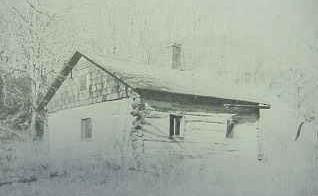
Lima, Iowa, the Carmichael Cabin,
notes from the Union paper at West
Union, 1976.
…The Carmichael Cabin picture was taken in 1908.
…The cabin was built in the late 1850’s, the early years of Lima by Sam and Mary Carmichael, about a half mile to the north of Lima at the base of the north ridge.
…Lost in the 1908 picture are two grandchildren, Velma Julian, age 3, and
Hebert Juian, age 5, and the dog, Sport, and cat, Tabby. The children’s mother
was inside the cabin at the time. Also unseen was the old sled, handmade by Sam
Carmichael.
…In 1976, Velma Julian was residing in Riceville, Iowa and provided the cabin
picture to the Union paper at West Union. Velma wrote, "I have no idea when the
cabin was built, but it was in the early 1800’s (probably in 1858, bz).
...My mother was born in the cabin in 1883. She was the youngest and said grandmother (Mary) Carmichael was in her late 40’s at the time. Grandmother used to tell me about wolves coming into the yard and carrying off her geese and chickens.
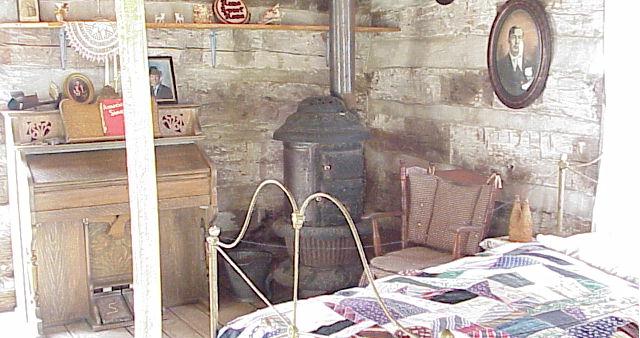
...In the little village of Lima there was a store and a railroad station. The farm was about a half mile north of there. I remember Dr. Darnell coming out from West Union in his horse and buggy. Both my grandparents, Sam and Mary Carmichael died in the cabin, my grandfather, before I was born."
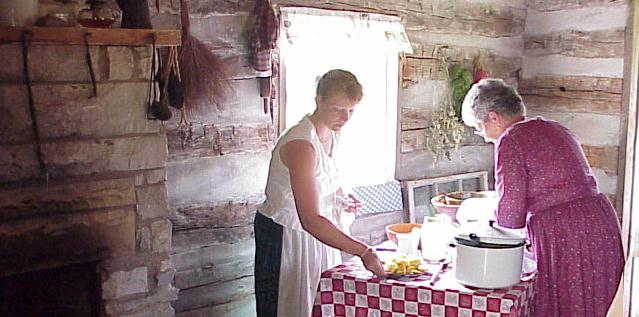
…The cabin was built over a period of time, the original log structure being that portion at the rear. The lean-to at the front was a later addition, as was the shed attached at the right.
…Mr. and Mrs. Joy Lamphier of West Union, made their home in the cabin from 1933-1938. Two of their children were born in the cabin. Mrs. Lamphier recalls that the Glover brothers, Bart and Freeman, lived in the cabin after them, and as far as she knows, were the last to occupy it as a home.
Note: There are no Carmichael burials listed in the Lime Cemetery. Sam and Mary may be in an unmarked grave or perhaps were buried near the cabin. There are some Carmichael burials at West Union and in Grandview at Fayette, but no others listed close to the Lima area. Presently I do not have a Carmichael tree to compare those names. Anyone with Carmichael genealogy files to share, I would like basic tree info to utilized on this page. BZ/2002.
Pioneer faces.
|
Lima, Fayette Co, Iowa July 4, 1911 Celebration 9. Ray Warner 41. Aulden Oelberg 42. Arlie Oelberg 44. Lorie Davis 46. Donald Orr 47. Sheldon Chittenden 48. Chara Landas 49. Tom Greathead 50. Hattie Oelberg 51. ?? 52. Mae Lambert 53. Ida Stannard 54. Buelah Warner 55. Emma Warner 56. Cleo Warner 57. Jehial Warner 58. Rufus Warner 59. Billy Earle 60. Lambert child 61. Ula Mae Howard 62. Charles Oelberg 63. Nettie Kuhens 64. Nora Oelberg 65. Laura Henry 66. Will Carmichael 67. Harold Oelberg 68. Ida Jones 69. Ella Carmichael 70. Silas Davis 71. Wiltz Pritchard 72. Reuben Jones 73. Carl Martin 74. Tina Warner 75. Bill Jones 76. Rueben Hensley 77. ?? 78. Rebecca Kuhens 79. Viola Preido 80. Will Landas 81. Frank Landas 82. Frank Jones 83. Dell Kuhens 84. Grover Lambert 87. (mislabelled)
|
Will's land can be seen just too the west of his mother Mary's name on the 1912 plat.
|
IOWA and FAYETTE COUNTY PIONEERS
a time when the Carmichael cabin was built
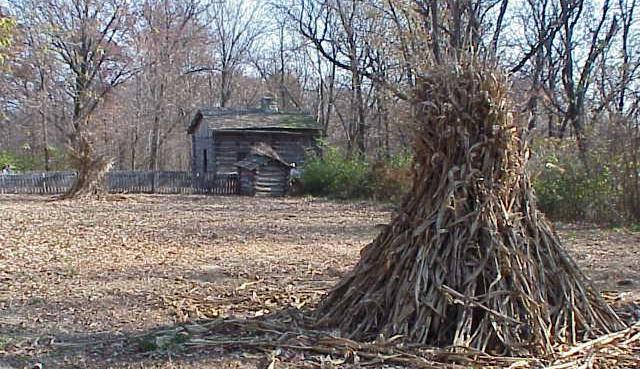
IOWA and FAYETTE COUNTY PIONEERS
...Like other lands to the east, as soon as the Native American’s were exploited and removed from the land, the frontier in Iowa was a magnet of free or cheap land. The first "legal" movement into the Iowa territory was in 1833, to shortly include the very SE area of Fayette County, however there were just a very few whites in Fayette county in the early years, and only about 850 by the 1850 census. The area north of the old Mission Trial in Fayette County about 1849.
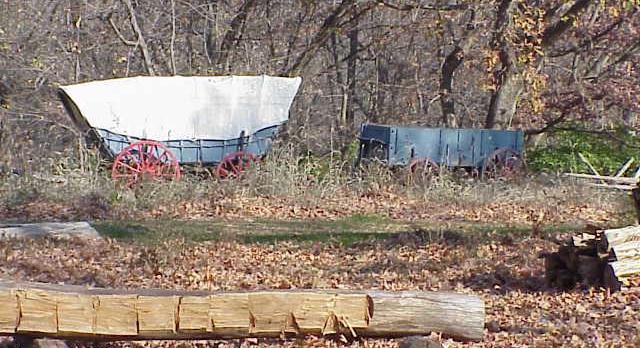
...Early Iowa was public land and was generally sold or claimed with military bounty warrants in parts of sections after surveys were conducted. Public auctions for the land was generally held at the nearest federal land office. The military warrants were given to soldiers as a type of payment for service and could be used to claim or "buy" land. These warrants were often sold to others who could use them to claim newly opened lands. Squatters were settlers who may have come into an area, made 'claim' to land, cleared some small fields, put up shelters and started farming in hope of being able to buy the land they were on, which many times was sold to a higher bidder, or they would miss the auction/sales.
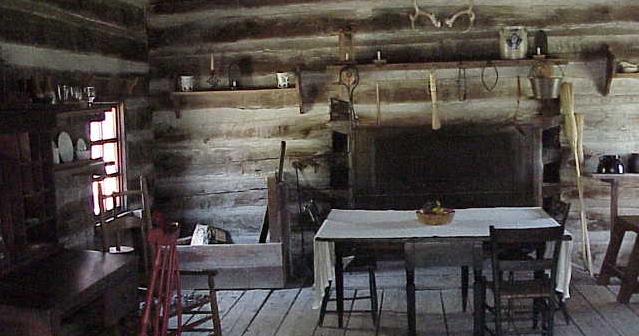
...A majority of the Iowa pioneers were coming in from locations a state or two
to the east. Many were used to farming the cleared forested land of the east, or
if from Europe, used to the intensive farming of very small fields. The tall and
wet grass prairies of Iowa with its dense root system was unfamiliar and
difficult to farm with the implements available. In Fayette County, the
true prairie just to the west of Brush Creek (Arlington) and Fayette, then on to
the northeast, in general was not opened until starting in the early 1860's.
...Many early farmers tried to claim and clear forest land for farming and avoided the prairies, as to initially break open the heavy root systems of the grasses was nearly impossible with the early forest 'grade' plows.

...The first farmers into an area were often of the subsistence type, bringing with them almost all necessary supplies and tools, raising enough food and making enough items to survive without any significant outside support.
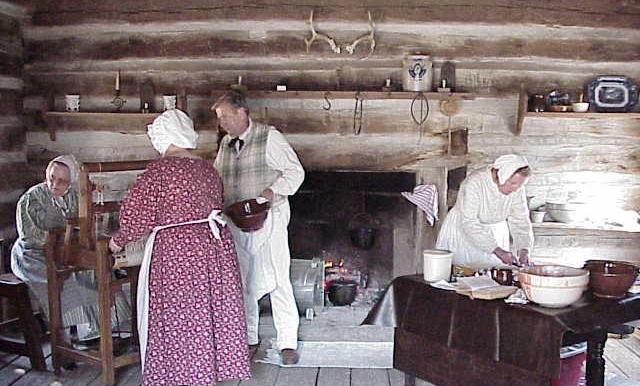
...When mills and trails were available, pork packing and flour shipping in oak barrels started to occur, along with selling butter, honey and other types of 'home grown' items. Generally these early 'cash crops' had to be taken by oxen drawn heavy freight wagons or winter sleds toward the Mississippi River ports of McGregor or Dubuque or Guttenberg. The development and transportation of agricultural implements and machinery also rapidly became an economic factor in early Iowa. By the late 1850's and especially in the 1860's a few static and mobile steam engines started to be brought in from the River ports and assembled for power sources. The were used in sawmills and grist mills, then for threshing wheat. But still commodities were shipped by ox and horse drawn wagons and sleds until the rails arrived in the mid and late 1870's.
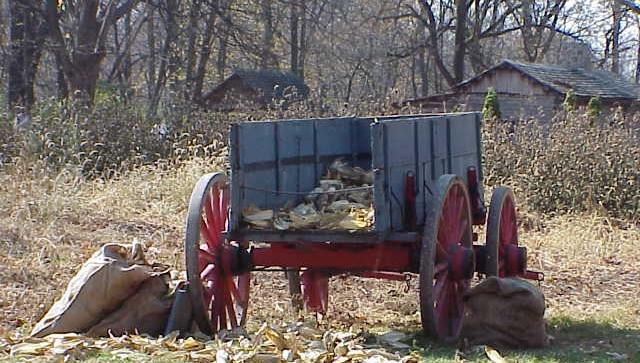
...The Civil War of the early 1860’s brought a huge demand for food and farm products, and thus an economic incentive to produce and transport goods out of Iowa to the cities and troops to the east. Nearly all movement of men and goods headed toward the Mississippi. Most of the farms in Iowa after about 1860 turned to row cropping and livestock production with the intention of producing a surplus to sell for cash income, thus necessities formerly made at home could now be purchased in general stores that would spring up every 2-6 miles in the countryside, often around some type of milling operation. Thus came the development of the typical small farming society which lasted from the 1860's to the 1960's and is now completely gone. There was community of farmers clustered around a small village of craftsman, businessman, professional every few miles.
...The early pioneer villages were only a few log cabins servicing and supplying the agricultural endeavors of the early settlers. Villages were very small and all transportation by animal power until the Railroads would economically change everything in the mid 1870’s. Lima and Albany were such villages.
The development of the typical
small farming society of the Volga River Valley,
which lasted from the 1860's to the 1960's, is now completely gone.
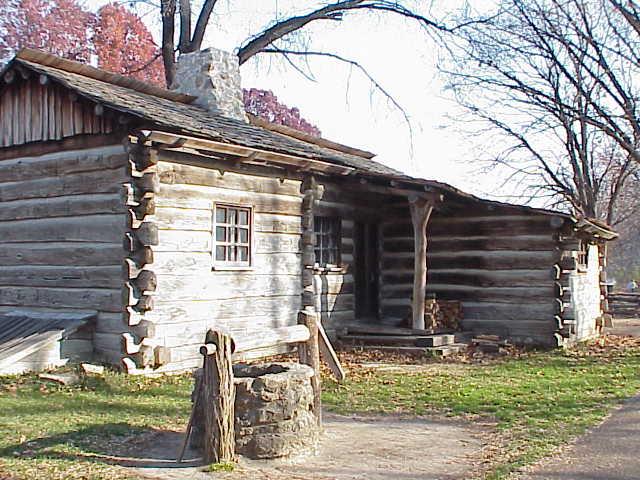
The cabins have disappeared, the fields returned to woody plants or 'progress.'
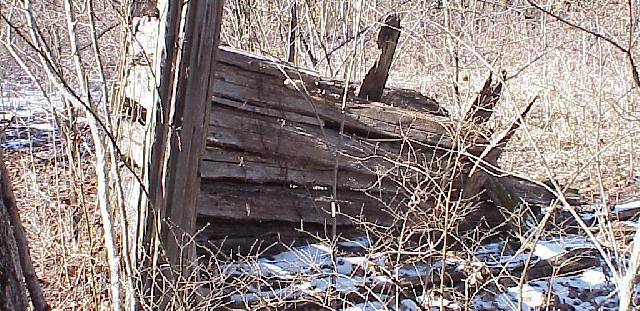
The hand dug wells are gone as are the ways of the pioneers.

[] Fayette
History Index [] IowaZ Sitemap []
Send Email: iowaz@swbell.net
or iowaz@hotmail.com (always
works)
USE STATEMENT: All scenery graphics,
layout, and context throughout IowaZ web pages are the copyright of the Webmaster unless
otherwise credited for other than personal or educational institution use is prohibited.
Pictures were taken
with a Sony Mavica FD91.
Any reproduction of this site
or it's contents requires express written
consent.
All of my direct surnames were
very early pioneers into Fayette Co, generally in the mid 1850's. Growing
up in Fayette and trekking the hills, prairies, streams throughout the county
when the small villages and farms were so active and functional before the
1960's, the now lost history and memories of the pioneer generations and
lifestyles from 1840-1960 continue to hold my interests.
Barry Zbornik
625 N. Section
Hannibal, MO 63401